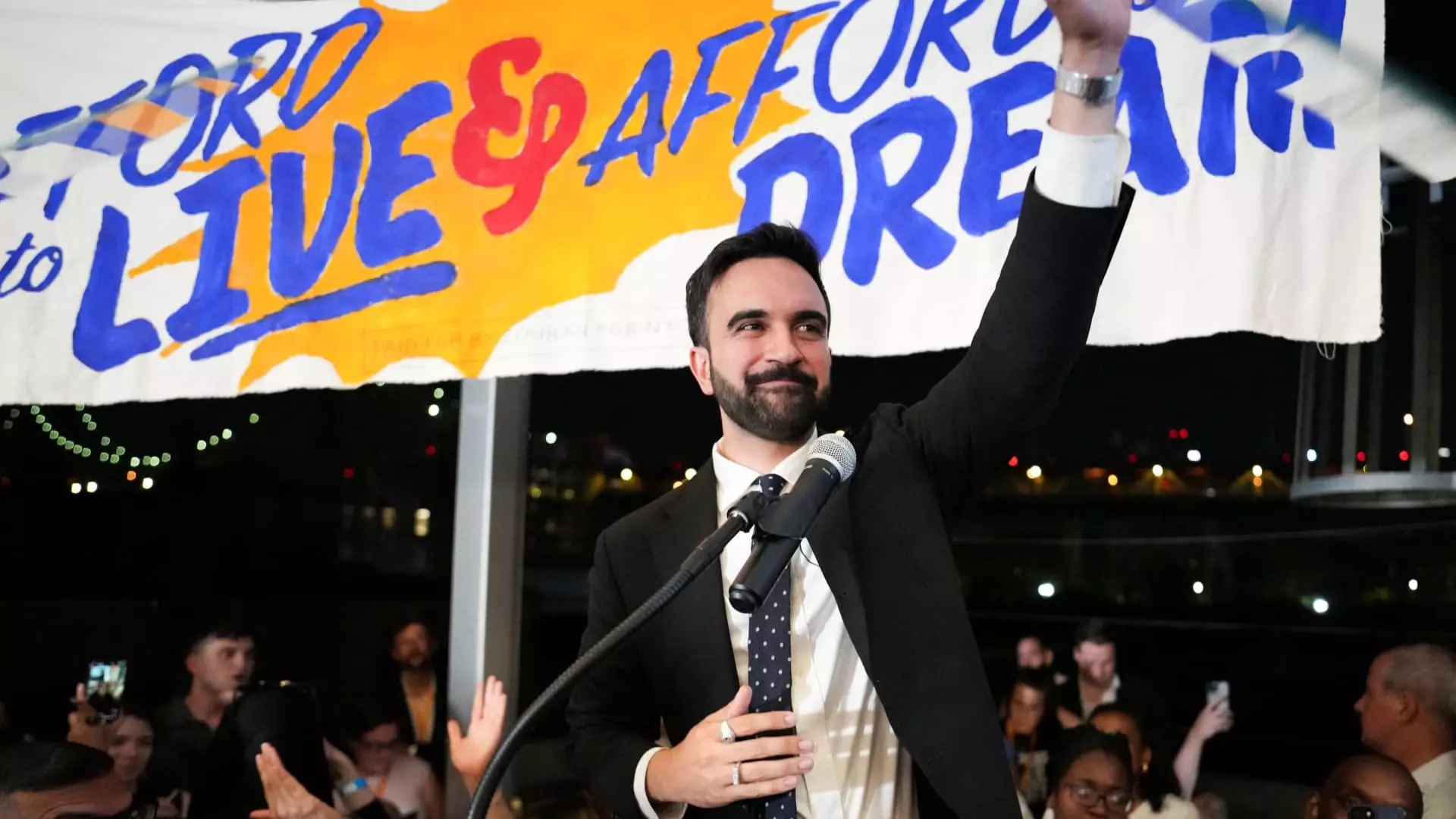The recent political ascension of Zohran Mamdani, championing steep taxes on the wealthy, has ignited a firestorm of fears across New York City’s elite. Critics argue that the city is on the precipice of a “wealth flight,” convinced that the luxury corridors and commercial hubs will be drained of their most lucrative inhabitants. But are these fears rooted in reality or simply the echo chamber of alarmist rhetoric? An in-depth analysis reveals that, despite unsettling headlines and political posturing, the narrative of a fleeing elite might be overstated, if not outright illusionary.
While the media fixates on a handful of billionaires relocating to jurisdictions like Florida, the broader economic die cast by these narratives oversimplifies a complex reality. It’s true that some high-net-worth individuals (HNWIs) have taken their talents southward or westward, escaping the ever-increasing tax burdens. However, these instances are but a tiny fraction when juxtaposed against the relentless influx of wealth in New York City. The city continues to generate more millionaires than it loses, driven not only by its financial hub status but also by its cultural cachet, world-class educational institutions, and vibrant lifestyle scene. This paradox—wealth fleeing but still growing—hints that the city’s magnetic pull remains potent enough to offset the drain of a few high-profile departures.
Moreover, the outcry over a projected exodus neglects the resilience of New York’s economic ecosystem. Wealth does not simply vanish; it circulates and regenerates. The city’s financial and entrepreneurial sectors continue to churn new millionaires, often at a pace that compensates for those who leave. The narrative of doom ignores this fluid dynamic, which has kept New York at the apex of global financial influence despite earlier crises. If history is any guide, tax hikes targeted toward the ultra-rich have historically spurred some level of migration but have been insufficient to destabilize the city’s core economic vitality.
The Reality Behind the Tax Threat: Can High Taxes Drive Away the Wealth?
At the heart of this fear-mongering lies Mamdani’s “millionaire tax” proposal, aiming to impose an additional 2% on those earning over $1 million annually. Layered atop the existing combined city and state rates pushing close to 17%, this tax hike feeds into the narrative that New York is becoming uninhabitable for the wealthy. However, this perspective overlooks the nuanced behaviors of high earners and the economic elasticity that surrounds their relocation decisions.
It’s crucial to understand that the city’s high earners are not monolithic in their mobility choices. According to data from reputable sources, top 1% earners tend to have a lower migration rate out of New York compared to lower-income brackets. Their reasons for staying are tied more to lifestyle factors—access to culture, education, network effects—than solely tax considerations. While some high-net-worth individuals might consider relocating if taxes become too burdensome, most prefer sustaining their influence within the vibrant tapestry of Manhattan and its surroundings.
Furthermore, the influence of state-level politics complicates this narrative. While New York City cannot impose its own income taxes—tax rates are set by Albany—the potential for wealthier residents to relocate outside city limits or simply spend within neighboring counties remains. Yet, even this tax-shifting dynamic isn’t scaring off the city’s wealth generators in their entirety. The resilience of New York’s economic machine suggests that a few percentage points of higher taxation do not outweigh the benefits of remaining in the city’s ecosystem. This reality is reinforced by the steady rise in the number of ultra-high-net-worth individuals residing in the city, with many choosing to stay despite the economic pressures.
The Supercharged Resilience of New York’s Wealth Ecosystem
Critics argue that higher taxes will be a death knell for New York’s economic dominance. However, they overlook the robustness of the city’s wealth-generating machinery. Each time a billionaire or millionaire departs—whether to Florida, Texas, or elsewhere—the city’s economic fabric continues to sew itself anew. According to recent data, the number of millionaires in New York has doubled over the past decade, despite the pandemic’s shocks. This indicates an underlying strength and a proven ability for the city to continually replenish its high-earning population.
Moreover, the city’s appeal goes well beyond the tax rates; it encompasses a complex web of amenities, infrastructure, networks, and cultural investments that money cannot replicate elsewhere. When billionaires contemplate relocating, their decision rarely hinges solely on fiscal calculus. Instead, factors like lifestyle, proximity to global markets, social influence, and quality of life have a sustained impact. The notion that a marginal tax hike will cause a mass exodus underestimates the deep-rooted loyalty and the unique enticements that keep the city’s wealth steady.
Finally, any short-term outflows may be offset by long-term returns. High-profile instances of wealthy flight tend to be sensationalized; in reality, the wealthiest in New York are often adapting their wealth structures, diversifying their assets, and maintaining their ties to this global epicenter of finance and culture. The narrative should not be centered solely on the fears of loss but balanced with a recognition of New York’s unparalleled capacity to adapt, reinvent, and remain a beacon of prosperity.


Leave a Reply